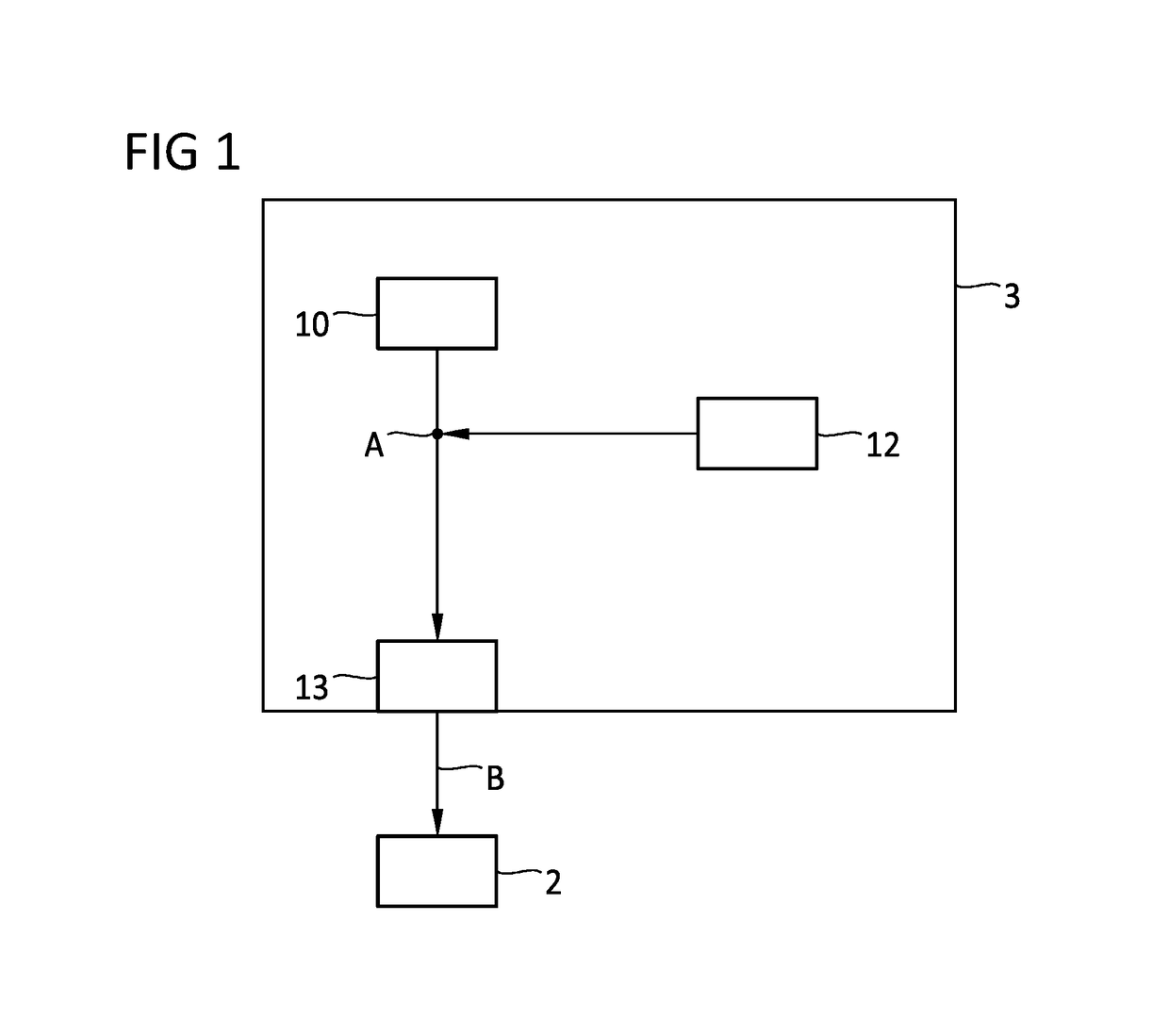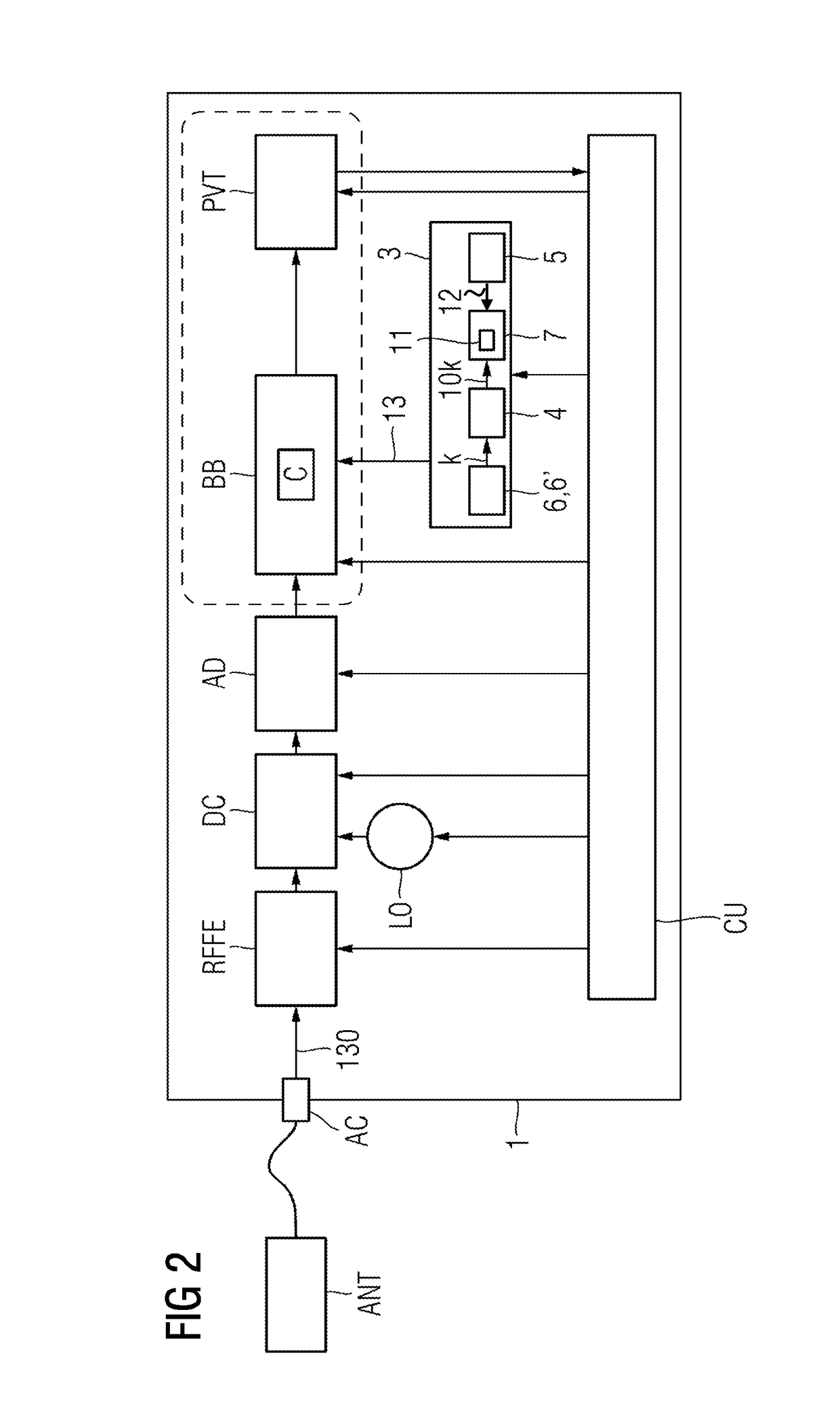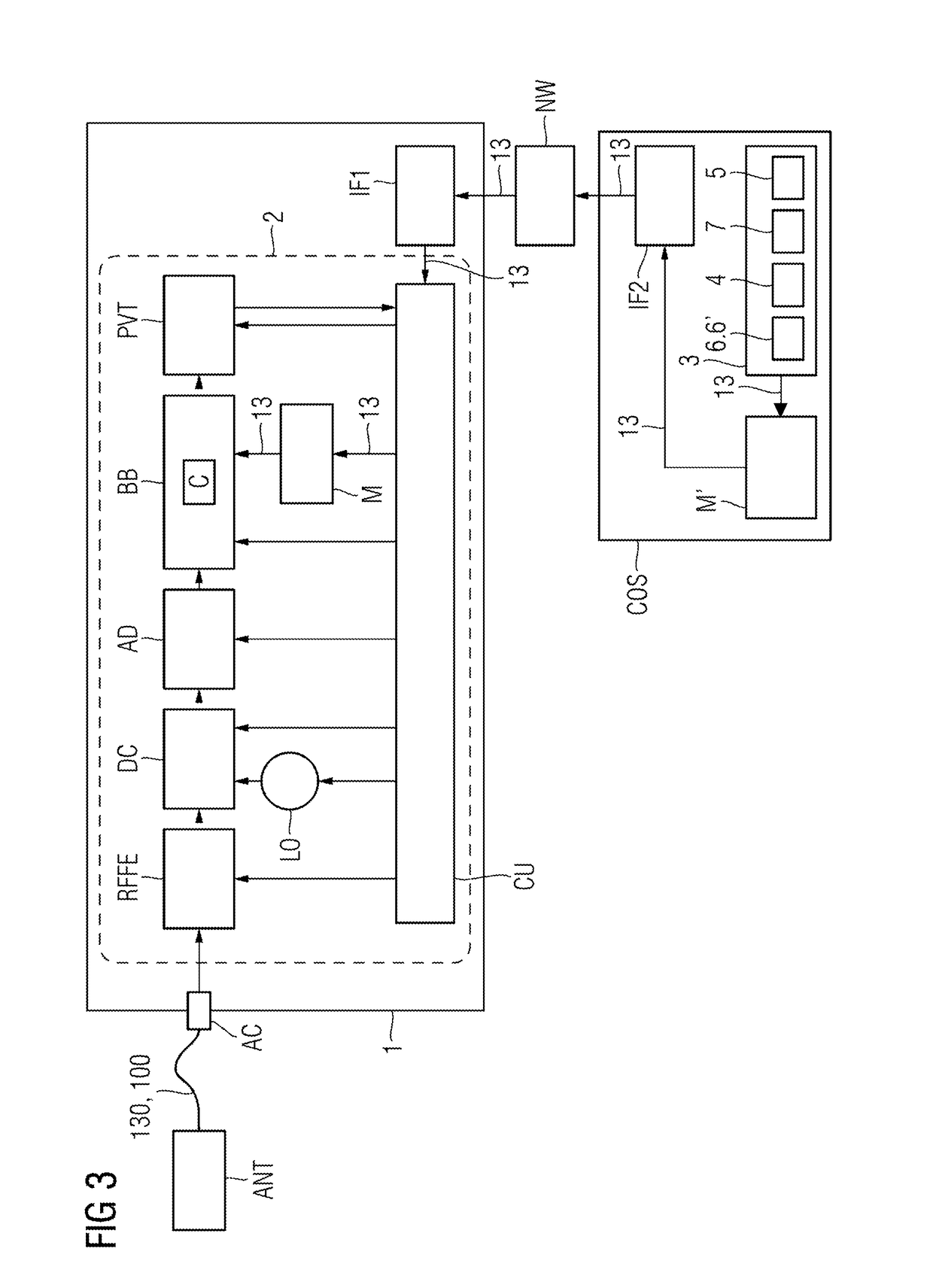Provision of a secured replica pseudo random noise signal
a pseudo random noise and replica technology, applied in the direction of digital transmission, secret communication, communication jamming, etc., can solve the problems of large proportion of the server environment, large protection, and again in a complex fashion, and achieve the effect of restricting robustness
- Summary
- Abstract
- Description
- Claims
- Application Information
AI Technical Summary
Benefits of technology
Problems solved by technology
Method used
Image
Examples
Embodiment Construction
[0036]FIG. 1 schematically shows how, in a first step, modulation A of a replica pseudo random noise code 10 with a noise signal 12 by a receiver-end provision unit 3 is provided. The modulation generates a secured replica pseudo random noise signal 13 and, in a second step, provision B, provides it for a receiver unit 2. In this case, the modulation A is effected at a time before the provision B. Hence, only one secured replica pseudo random noise signal 13 is intended to be provided, e.g., outside a protected environment on a receiver.
[0037]FIG. 2 schematically shows how a receiver 1 with an integrated provision unit 3 according to a first exemplary embodiment is designed. The receiver 1 has an antenna socked AC that may be used to connect an antenna ANT. A received signal 130 provided by the antenna ANT is first of all handled by a radiofrequency assembly, or radiofrequency front end (RFFE). In this case, filtering and amplification take place. The signal is then provided for a d...
PUM
 Login to View More
Login to View More Abstract
Description
Claims
Application Information
 Login to View More
Login to View More - R&D
- Intellectual Property
- Life Sciences
- Materials
- Tech Scout
- Unparalleled Data Quality
- Higher Quality Content
- 60% Fewer Hallucinations
Browse by: Latest US Patents, China's latest patents, Technical Efficacy Thesaurus, Application Domain, Technology Topic, Popular Technical Reports.
© 2025 PatSnap. All rights reserved.Legal|Privacy policy|Modern Slavery Act Transparency Statement|Sitemap|About US| Contact US: help@patsnap.com



